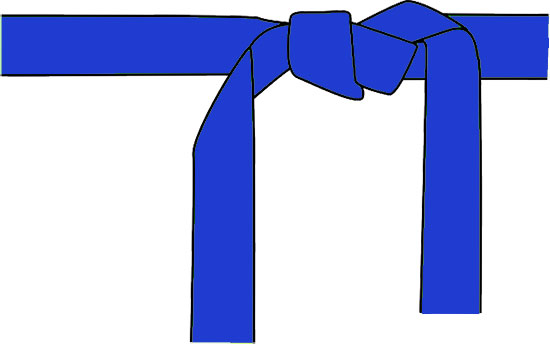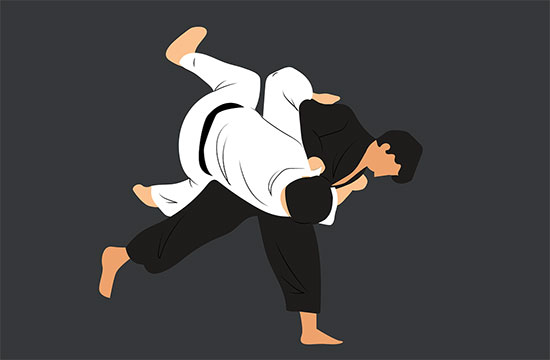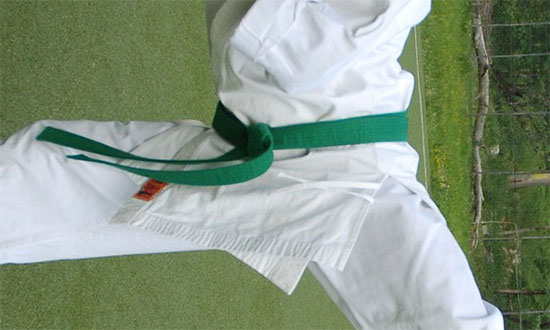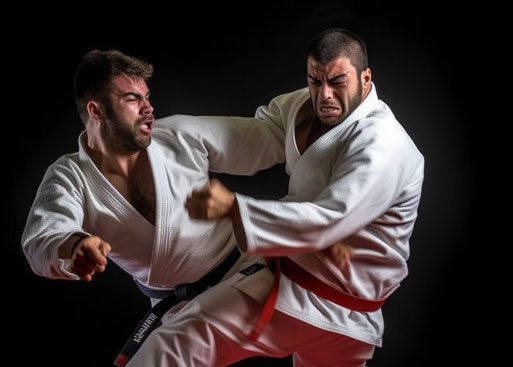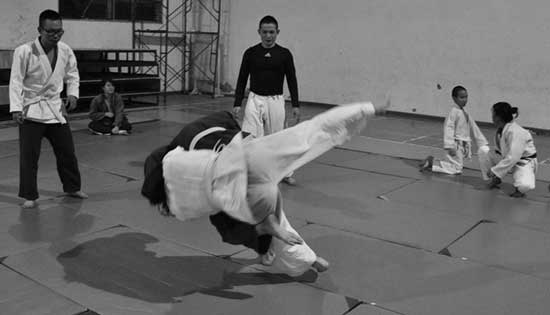What Does the Orange Belt Mean?
The orange belt has many different meanings, particularly as it relates to martial arts like judo. In fact, since the 19th century, Dr.Jigoro Kano, one of the pioneers of modern-day martial arts is presently credited with setting up this ranking system.
A ranking system that distinguishes judo belts with the use of specific colors.
Each color represents a holder’s rankings and is used to determine which level the student has achieved.
Therefore, if you are looking up the meaning of the orange belt, you will find that it symbolizes things like:
- Beginner student
- The sun
- Warming of the earth
- Preparation of new growth
- Growing in Power
- 4th Kyu – orange belt
Contents
How long does it take to get the orange belt in judo?
The answer to this question usually varies based on several different factors. However, the typical average time is about 9 months.
This is primarily because the training time to get the orange belt will depend on the following factors:
- The number of training hours accumulated by the student per week
- How swiftly the students learn
- The student’s ability to pass the tests that are required to officially wear the orange belt
- The type of martial arts school that the person attends
For example, some schools that offer Judo to their students will teach techniques like grappling on the ground and throwing.
Other judo training programs may offer a set of 24 classes within the timeframe of 3 months. In either case, with consistent training, the student can qualify for an orange belt in Judo relatively easily.
What tests are needed for the orange belt in judo?
As mentioned above, to officially wear the orange belt in judo, the student will need to pass a series of tests.
After attending the training, these students will need to demonstrate the techniques that they have learned, including providing answers to a written exercise.
It is also important to note that a passing score is 70% out of 100. With that being said, here’s an outline of what all students should expect.
Demonstration of the Following Techniques
After a student completes a training class in Judo for the orange belt, they will need to demonstrate the techniques that they have learned.
Based on the test that the instructor gives to test their skills, they may be asked to demonstrate specific combinations from the following listing.
- Throwing Techniques and Counter-Throwing Techniques
- Throwing Combination Techniques
- Defense Against Throws
- Gripping Breaking
- Gripping Form
- Grappling Techniques
- Pinning Techniques
- Strangulation Techniques
- Joint Locking Techniques 10.
- Ground Work Entry Techniques
- Ground Work Escapes
One of the main techniques associated with the orange belt is the hip throw, also known as the o-goshi.
This is a powerful and effective throw that utilizes the practitioner’s hip to throw their opponent. It is considered one of the most basic throws in Judo and is often one of the first techniques taught to beginners.
Another important technique for orange belts is the shoulder throw or kata-guruma. This technique involves lifting the opponent off the ground and throwing them over the shoulder.
It is a difficult technique that requires a great deal of strength and skill, and it is considered one of the most advanced throws for orange belts.
In addition to learning new techniques, orange belts also begin to learn more advanced forms of training such as randori, which is a type of sparring that allows practitioners to put their skills to the test in a live, unscripted setting.
Orange belts are also introduced to the concept of kuzushi, which is the principle of unbalancing an opponent before executing a throw.
Written Tests
To earn your orange belt, you will also need to learn as much as you can about Judo to pass the written portion of these tests, too.
For instance, here are some examples of the terminology that applies to the 4th Kyu (yellow belt).
- Technique Reciever – Uke
- Technique Giver – Tori
- Technique – Waza
- Sacrifice Throwing Techniques – Sutemi-Waza
- Forward and Rear Sacrifice Throws – Ma and Ushiro Sutemi-waza
- Side Sacrifice Throws – Yoko-Sutemi-Waza
- The building where students practice – Dojo—-The building where you practice
- Individuals that practice Judo-Judoka
- Fitting in for throw reps – Uchikomi
- Attack – Sen
- Attention – Kiotsuke!
4 Referee Calls that Everyone Should Know
- Disqualified – Hansokomake
- Draw – Hiki-Wake
- Half pointed Awarded – Wara-Ari
- Hold down Broken – Oketa
Conclusion
The orange belt has many different meanings in Judo. Two of the most commonly known include the ‘warmth of the sun” and the ‘4th kyu.
Students who want to earn the orange belt will need to complete the appropriate training and pass specific tests to officially wear it.
Fortunately, there is information online that tells you how long it will take to get the orange belt, and what is required on the test in advance.
The tests that the instructor provides will not only include demonstrating the techniques but also passing a written exam.
As orange belts progress through their training, they will also begin to learn more about the philosophy and history of Judo.
The founder of Judo, Jigoro Kano, believed that the practice of Judo should not only improve one’s physical abilities but also their character.
Orange belts will learn about the principles of mutual welfare and benefit, and the importance of respect and humility in the practice of Judo.
Obtaining the rank of the orange belt is a significant achievement for any Judo practitioner. It signifies that a practitioner has a solid foundation in the basic techniques and principles of Judo and is ready to move on to more advanced training.
However, it is also important to remember that the journey toward mastery of Judo is never-ending, and there is always more to learn and improve upon.
